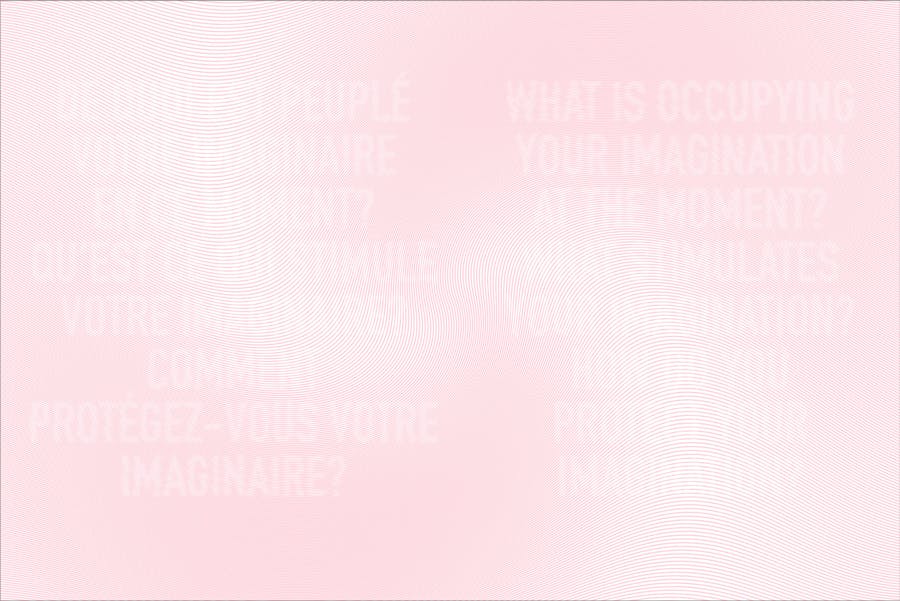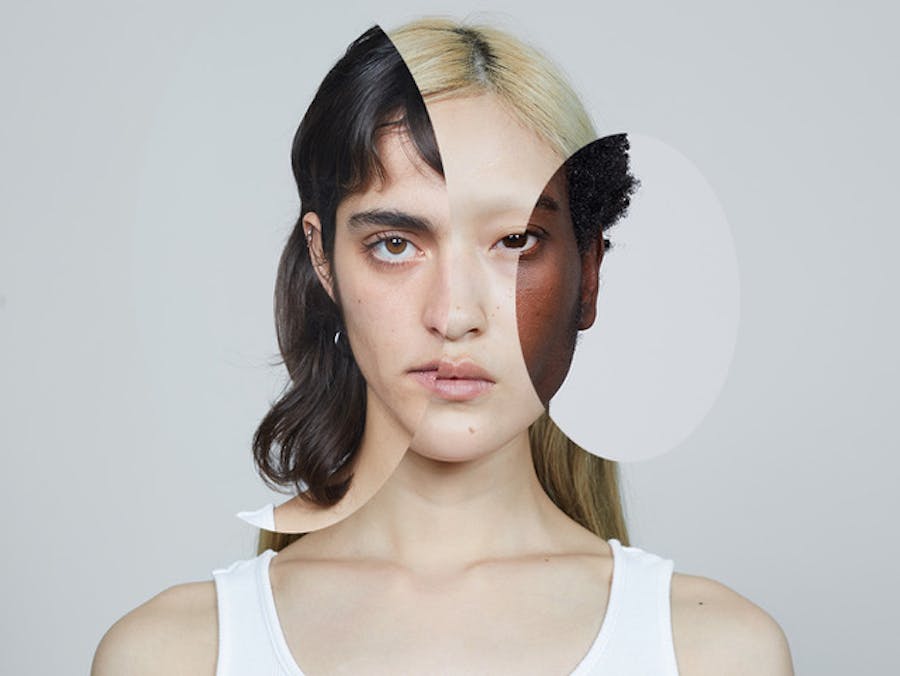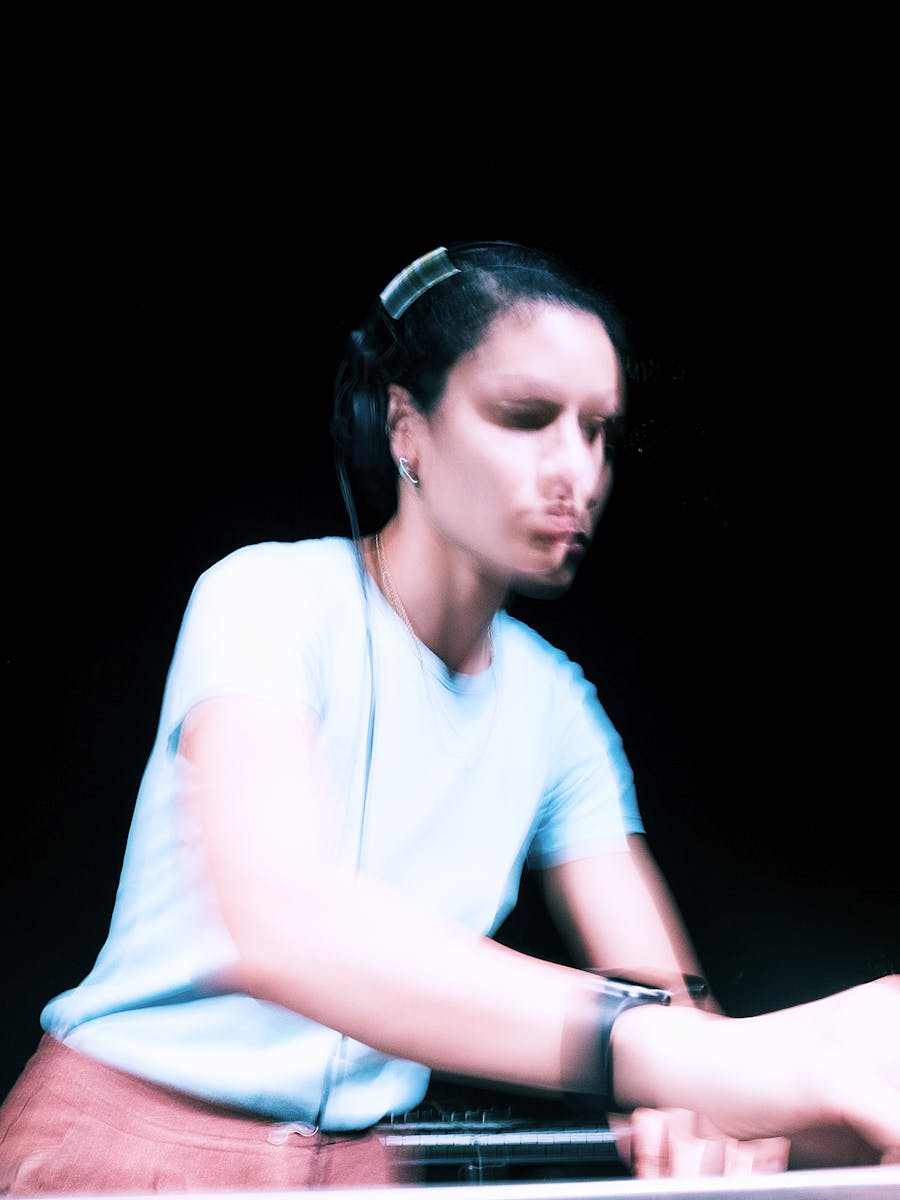From the Guru Issue
What we call the ‘magic’ of certain spectacular kinds of entertainment – be it theme parks, fireworks or the silver screen – is also to be found in fashion. Catwalk shows, in particular, offer themselves up as images of another world, contiguous to the real and dazzling in comparison, as places of fresh illusionism and enchantment. Here, fantasies take shape and dreams are embodied. Gucci shows us women with golden ears whose tears have become jewels; at Charles Jeffrey we find an ode to extravagance which plunges us into the atmosphere of a queer ball, while Comme des Garçons parade silhouettes straight out of a dream: gothic, futurist, rich and strange. But if there is a ‘magic of fashion’, it is not simply because it escapes the realm of daily life through its luxury and theatricality. It is also magic in its strictest sense, inherent to the world and its daily experience – in other words a way of producing meaning, apprehending the real and finding a way through it, whilst at the same time it is a form of action, a power, a force exerted upon things and men. It is the practical and concrete magic of which Marcel Mauss devised a universal model and which Lévi-Strauss discussed in all its intellectual dignity in The Savage Mind, a coherent system of thought and action far less chaotic than we would believe. In order to understand it, perhaps we need to look not so much at the spectacles themselves as at their effects and influence – in other words all the forms of power they exercise.
The ‘Mana’ of Fashion
— In his General Theory of Magic, Marcel Mauss describes all magic as a force for resolving a concrete problem with which the entirety of society is preoccupied. We can define ‘concrete problem’ to mean either a technical problem or a collective anxiety or uncertainty. Fashion tries, in this way, to answer the question of how man should look, of one’s legitimate appearance. It responds to a desire to look better and better, constantly to renew and enhance the charms of the body. A concrete response to concerns about one’s image, it is a kind of salvation with a ritual temporality of renewal, always investing new objects with its power. In this respect it is an incarnation of what Mauss calls ‘mana’, or magic power, the power of conviction and resolution, ‘impersonal’ in its perennity and its authority (for centuries fashion has periodically remodelled the image of the body), but taking on personal forms (all the fashions which last for a given time), existing in the material world and mediated through individuated shapes and beings. The proteiform power of fashion transcends all of the places in which it periodically appears: it never belongs to one form – the skinny jean or wide-legged trouser, the mini skirt or maxi dress etc, but in fact only the temporary vehicle of its power. It must be noted here that, like all magic, fashion creates its own forcefield and therefore its own legitimacy; it sets the conditions of its own efficacy. It answers questions of its own devising.
Couture as a form of augury?
— In order for objects to be invested with the power of fashion and become capable of answering the question, ‘how should one look?’, we need intercessors; people capable of producing such objects or designating them as such. It requires a magician to transform a sartorial form into a fashion icon. It requires Jacquemus to transform the polka-dot grandmother blouse an object worth dreaming about. It requires Maria Grazia Curie to unleash a worldwide passion for a leather beret. In this way, he or she who entrusts responsibility for their appearance to the visions of a designer trusts this person as the holder of a mysterious, uncontested aesthetic power which is also a force for understanding the present. It is, moreover, a commonplace in fashion theory that couturiers are ‘ahead of their time’, and that they see further than their contemporaries. Bodies which submit to fashion are therefore in a state of expectation, waiting for a revelation of the future, for which the couturier is the medium and which cannot occur without them: Alessandro Michele’s work is perhaps not so different from that of his father, who was a shaman. At the confluence of a pedestrian world and one that is only glimpsed or dreamt, at the crossroads of the material and the invisible, the present and the future, the designer guides us towards the life of latent forms, his or her spirit acting as the medium through which they can be realized.
The charismatic power of the couturier
— But if the representations of fashion, and especially the offerings of couturiers, are elevated to the ranks of sacred words and deemed visionary, it is also because of the confidence reposed in them by those who follow their word. Faith in the word of fashion leads to its realization in the world: it is their public, their faithful, who make a magician of the couturier and make turn oracles into reality. It is from this perspective that Pierre Bourdieu and Yvette Delsaut, in a 1975 article entitled The Couturier and his signature: contribution to a general theory of magic, consider the couturier as the operator of a social ‘alchemy’. Once their legitimacy has been recognized by all, they transform an item of clothing into a sacred object with ‘signature’ flair thus operating through their charismatic power a true transubstantiation of all their creations, now invested with a transcendental value. The recent phenomenon of the capitalization of influencers’ names, and notably the queens of Instagram launching their own fashion brands, offers a striking example of this transformation of the product by the charismatic power of the individual. For these pieces are not bought because they are the products of an expert designer, but simply because they are certified by the symbolic authority of a beautiful young woman, a figure of aspiration, and thus they connect us, by suggestion, to an aesthetic world, an imaginary landscape, an existential narrative whose consumer also dreams of being its actor. We therefore trust the influencer as a supernatural source of prestige and beauty: in dressing ourselves in her name, we also dress ourselves in the shadow of her qualities.
Concrete Affabulations
— This participation in an imaginary world, whether it is that created by Grace Wales Bonner or incarnated by Jeanne Damas, constitutes one of the fundamental dimensions of fashion. In the imaginary dimension of a piece, in the whole universe we project onto it but also in its capacity to suggest, to make felt glimpses of this world to those whom we will encounter while wearing it, in this link between textile and fantasy, we can identify one of the fundamental characteristics of its power, which is, above all, suggestion. An item of clothing can make you look like one thing or another: in one outfit you become a librarian, in another an R n’ B princess; you might be a grande dame in one, a tomboy in another and so on. It is precisely the fabrication of this temporary character which calms the spirit, and which is the basis of fashion’s curative virtue. It is in that character that we momentarily find a form, a direction, a destiny. The strength of fashion lies in knowing how to bring the body back to life and to make it live through the image, elsewhere, of a beautiful story which, although it is like a perfect, perfected ethic, only enjoys a brief and fragile expression. It is this visual narrative of the self, overwriting biographical history be it of actions or interiority, from which a new order emerges, another dimension of the person, an order of concrete affabulation and realized fantasy. One silhouette combines the threads of different stories, which become nuanced, are confirmed or contradicted in their possible readings – a deep décolleté nuances the oversize, sneakers nuance the three-piece suit etc. The composition of an outfit is therefore like the possibility rediscovered – for a few hours – of an existence, or better, of several existences that one could have lived. It brings together impossible combinations, dreams of existential puzzles, obeying as much formal laws as ethical complexities where each genre, each implicit narration, has to balance with another.
Pushing our qualities of identification and imagination down the path of an irresistible vagabondage, fashion is a praxis which recreates the real, in which objects and beings reveal themselves to be volatile and porous, where images live as much through the body as through an intense fantasmatic existence. Its power is that of a magical reforming of the self through image, of the concrete realization of an existential imaginary: one can say of fashion that it allows us to feel, experience and intuit the possibility of another life multiplied by bringing into being, through its permanent revolution and impossible worlds that allow us to feel, to catch sight of, simply through its force of suggestion.




